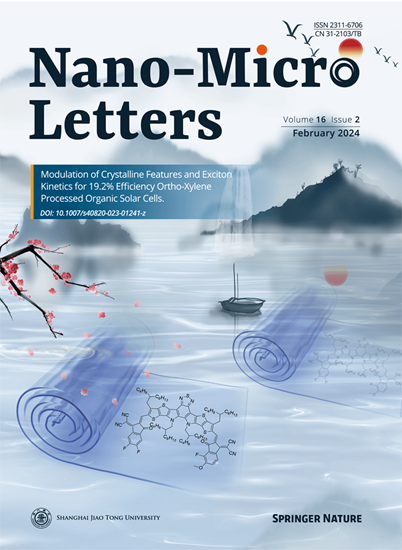Integrating Electric Ambipolar Effect for High-Performance Zinc Bromide Batteries
Abstract
The coupling of fast redox kinetics, high-energy density, and prolonged lifespan is a permanent aspiration for aqueous rechargeable zinc batteries, but which has been severely hampered by a narrow voltage range and suboptimal compatibility between the electrolytes and electrodes. Here, we unprecedentedly introduced an electric ambipolar effect for synergistic manipulation on Zn2+ ternary-hydrated eutectic electrolyte (ZTE) enabling high-performance Zn-Br2 batteries. The electric ambipolar effect motivates strong dipole interactions among hydrated perchlorates and bipolar ligands of L-carnitine (L-CN) and sulfamide, which reorganized primary cations solvation sheath in a manner of forming Zn[(L-CN)(SA)(H2O)4]2+ configuration and dynamically restricting desolvated H2O molecules, thus ensuring a broadened electrochemical window of 2.9 V coupled with high ionic conductivity. Noticeably, L-CN affords an electrostatic shielding effect and an in situ construction of organic–inorganic interphase, endowing oriented Zn anode plating/stripping reversibly for over 2400 h. Therefore, with the synergy of electro/nucleophilicity and exceptional compatibility, the ZTE electrolyte dynamically boosts the conversion redox of Zn-Br2 batteries in terms of high specific capacity and stable cycling performance. These findings open a window for designing electrolytes with synergetic chemical stability and compatibility toward advanced zinc-ion batteries.

 求助内容:
求助内容: 应助结果提醒方式:
应助结果提醒方式:


